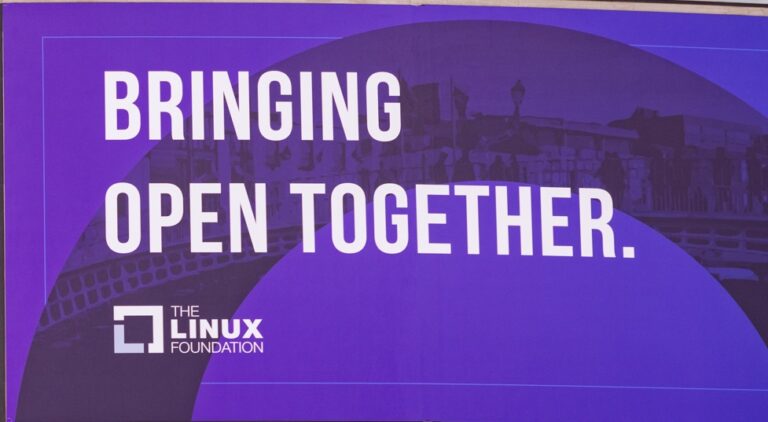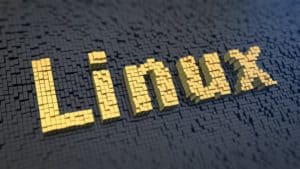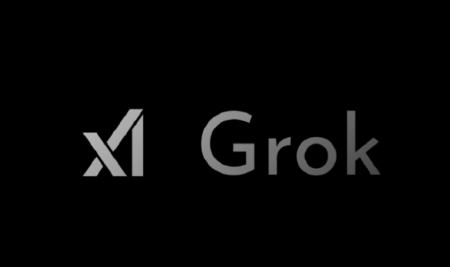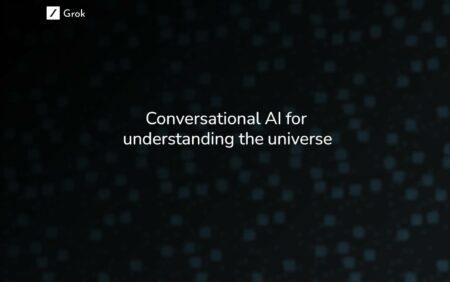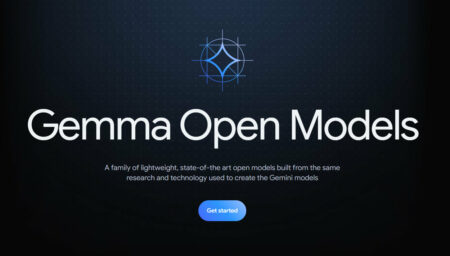The Basque city of Bilbao played host to the Linux Foundation’s Open Source Summit Europe 2023 this September. While the mainstage keynotes are designed to inspire and provide a big-picture state-of-the-nation address, it is often the member sessions and breakouts that offer some of the grittier morsels and insights. It would be impossible to pick just one handful of speakers from this show to engage with and download from, so we did it anyway. What factors are driving the state of the open nation in 2023 and beyond?
Speaking about the work carried out by universities that develop a lot of open source software with the potential to impact industry at large, speakers at this year’s Open Source Summit Europe 2023 summit said that a key problem is that code development is normally connected to funding cycles. What this means is that, collectively, we lose some incredible resources because we (the software industry) struggle to have a long-term sustainability plan.
Linux Foundation Energy
“Linking research projects to a defined graduation structure such as that offered by Linux Foundation Energy, equipped with governance and in direct contact with industry, enables the best research projects to emerge and survive in the long term, creating a positive impact for society,” said Dr. Antonello Monti, professor at RWTH Aachen and group leader at Fraunhofer FIT
Monti has personal experience with the open source SOGNO project that was developed with EU funding and it is now an active project in the Linux Foundation. The project now has commercial applications and is changing the energy grid in the city of Rome. As the project progressed, it has developed in areas including growing its community of contributors, improving its code base, adding features, improving security and demonstrating adoption, the team was able to move it through LF Energy’s graduation stages where it now sits as an Early Adoption project.
“In my role as LF Energy’s Technical Advisory Council (TAC) chair, I see this situation with other open source projects every day. I am glad to see new projects joining LF Energy and having the chance to migrate from laboratories to real life where they are supporting our energy transition thanks to this structure,” said Dr. Monti.
Red Hat
In a comment drawn from conversations with two Red Hat luminaries, we learned more about work being carried out at the coalface of open code development. According to Surya Pathak, Red Hat data scientist and Shrey Anand, Red Hat senior data scientist, both speakers were keen to underline their presentation topic for this year’s show and clarify what implications come from it. Their session was entitled: Deploying Your Own Language Models: A Use Case Demo with Open Source Tools.
“One opportunity we see for businesses to apply generative AI is to combine it with information retrieval tools,” said Pathak and Anand, speaking jointly. The pair say this process can expand the responsiveness of product support by enabling users to access answers compiled from a variety of documentation sources, without having to sift through them manually.
“This requires developing a robust Question-Answering system tailored to product documentation. Really then, open source has a pivotal role to play here, with open embedding models and vector databases for efficient documentation retrieval and the utilisation of open source Large Language Models (LLMs) and deployment frameworks for generating answers,” surmised Pathak and Anand.
Open Source Initiative
Stefano Maffulli, executive director of the Open Source Initiative (OSI), explains that the OSI is a non-profit body that acts as the ‘steward’ of the open source definition and works on a membership-based governance structure. The organisation also features other open technology veterans on its board including Deb Bryant as US policy director and Simon Phipps, who oversees standards and acts as EU policy director.
The Open Source Definition isn’t directly applicable to all components of an AI system – and that’s a problem says Maffulli. So how then do we protect open source and bring its advantages to society against a backdrop of hyper-growth in AI technology?
“The Open Source Initiative (OSI) is working on that. It has embarked on a multi-stakeholder process called Deep Dive: AI — Defining Open Source AI to discover the open principles of AI. It’s time to define what ‘open’ means in AI before it is defined by accident,” said Maffulli. At Open Source Summit Europe in Bilbao, Spain, OSI hosted a Birds of the Feather (BoF) session to advance the effort.
“It’s so encouraging to see the interest in this project on the part of individual community members who want to share their unique perspectives and concerns,” said Maffulli. “We want to amplify their voices through this process so that the ecosystem is represented in its entirety as we create a definition that will shape the future of AI. The BoF session on September 19 was the third community review session OSI has hosted since July to gather input on a draft definition. OSI is also hosting a series of online webinars to inform and inspire the community as it considers what the definition of open source AI should entail.”
The next step in the process is “Release Candidate 1,” a draft definition that will be published on October 17, in conjunction with the All Things Open event. After that, the draft proposal will be available online at opensource.org with comments open to the public. “We encourage everyone to watch the webinars, get educated on the topic and comment online,” said Maffulli. “Help us create a clear and defendable definition of open source AI that will serve as a nexus of trust and collaborative innovation, just as the open source definition has done.”
Mirantis
Not a Linux Foundation member but an active member of several important open groups and keen to add to the thread of this conversation is Shaun O’Meara, field CTO at Mirantis. O’Meara suggests that open source hits a nerve at Mirantis.
(For background, the company is a founding member of the OpenStack Foundation – now the OpenInfra Foundation – and remains actively involved. It sponsors (and is the primary contributor to) the Lens and k0s open source projects in the CNCF ecosystem and is actively involved in the open source ‘containerd’ project with privileged committers to the Moby project.
“Today, we’re at the point where open source software is critical in most organisations, while the global community of builders and consumers (users) is in a time of radical and conflict-laden reappraisal. Much has recently been written criticizing the decisions of some companies in (respectively) closing off access to current source code or migrating away from traditional OSS licensing models in order to enable/enhance monetization,” said O’Meara.
But, he proposes, these criticisms ignore the fact that open source software — like any software — isn’t free: it costs vast money and time to build and these costs must be recouped for companies to stay in business. “Moreover, while it tends to be easy to criticise large organisations from the higher moral ground of open source purism, the same conundrum faces much smaller teams and individuals, drowning in the effort to support enthusiastic users who don’t pay anything,” added O’Meara.
Diversified industries
Defined structures, delineated definitions and direct directives appear to be key trends for the Linux Foundation’s cadre of communities right now – and if there is another key trend to draw from what is being said right now, it is the diversification of open consortia to now span industry-specific use cases. With FINOS now under the wing of the Linux Foundation since 2018 for the finance industry, AgStack for agriculture is now joined by Automotive Grade Linux (for automotive industries, clearly), LF Energy for the power industry, openIDL for the insurance industry, ASWF as the Academy Software Foundation for the film (animation and visual effects) industry we also see LF Networking as a set of projects which has the potential to span all zones.
It seems clear that we should take a more balanced view: we need a better, deeper understanding of the whole OSS ecosystem — core project builders, integrators, value-adders and end user/consumers — and then engineer and experiment with ways of innovating that remove some of any conflicts.
